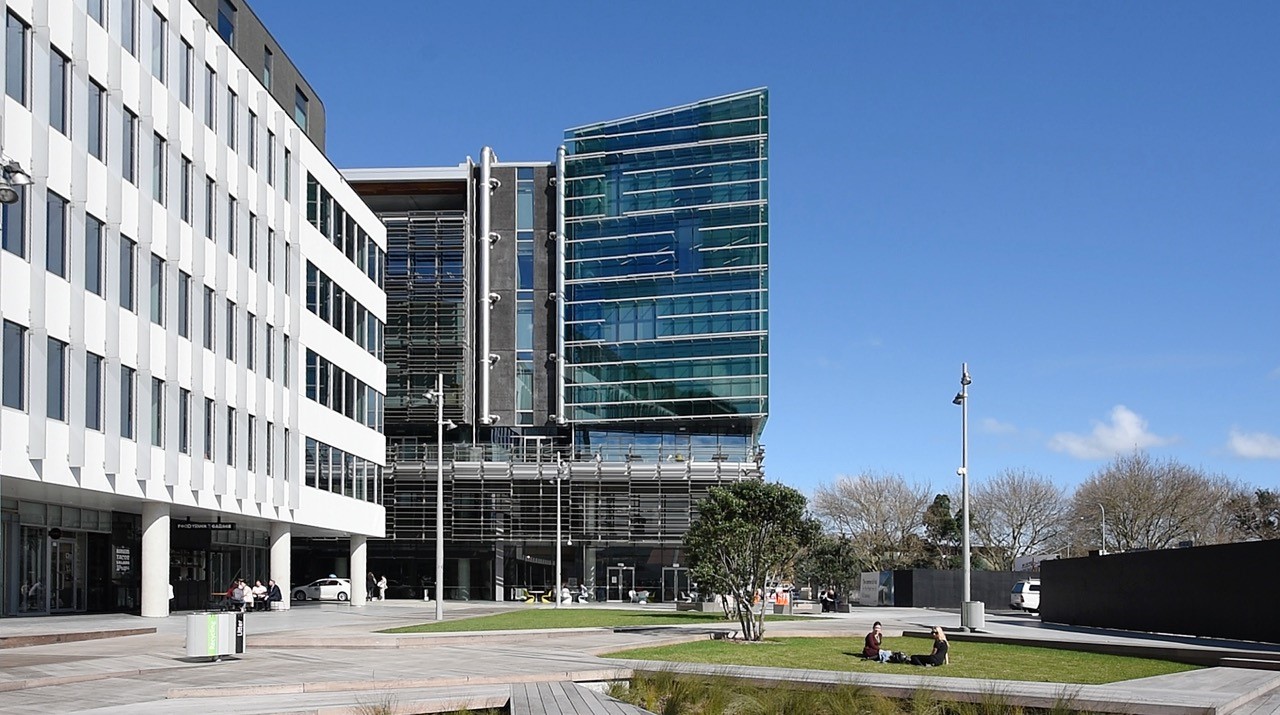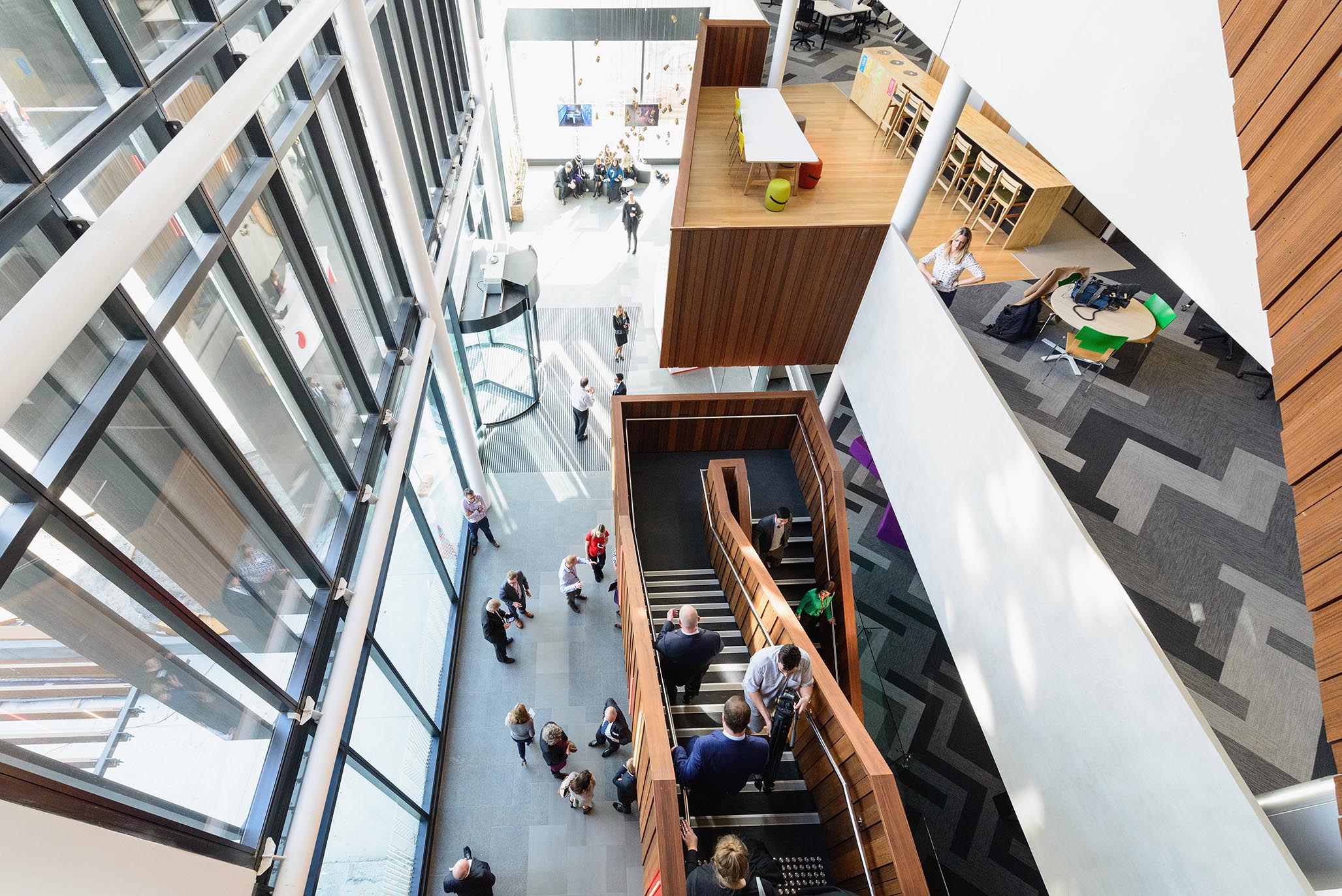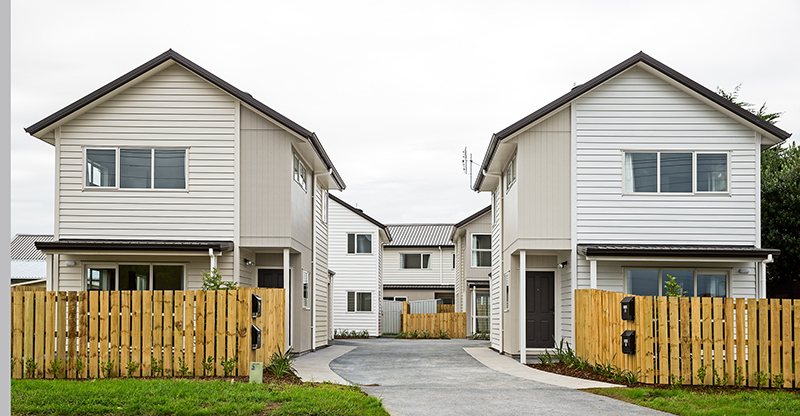The buildings in which we live, work and play have rarely come under such intense scrutiny as they have in the past couple of decades. The leaky homes crisis, the Christchurch rebuild and earthquake strengthening, Auckland’s construction boom and housing supply issues: it’s an exciting, intense time to be in the building industry.
Yet among the headlines lies an immense opportunity that many people are in danger of missing – and one that we at the New Zealand Green Building Council (NZGBC) are intent on realising. Putting quality and sustainability at the centre of the new buildings we create, and the existing ones we refurbish, is the key to sustained growth in the building and construction sector. Why? Better buildings will always be in demand, by the investors, owners and tenants who drive transformation in our building stock.
Make no mistake, this is about our economic development.
What makes a building better, anyway?
I’m not talking about a home with four bedrooms and an infinity pool, or an office building with a Willy Wonka elevator (though I think chocolate fountains in lobbies should be mandatory). Quality, sustainable buildings offer a few key advantages:
- They’re cheaper to run. Position a building to maximise passive solar gain, while using shading to avoid overheating in summer, and you’re onto a winner. Many buildings spend more than they need to cooling one side of a building while heating the shaded side – which is a license to throw away money. Ensuring a house or office has a good thermal envelope means you’ll get a more comfortable indoor temperature. You can also cut your running costs by opting for energy-efficient LED lighting and low-flow water fittings. Whether you’re the landlord of a modest rental home or a multi-storey CBD office building, lower bills will make your building more attractive to tenants.
- They have a healthier, more productive indoor environment.
- Green buildings are designed to bring lots of natural light in: think locating desks near windows, internal atriums with skylights, more windows on a home’s north-facing side, and so on. People feel happier when they see and feel connected to the outside world.
- New Zealand’s Building Code sets minimum standards for ventilation and moisture control – but upping the ante brings far better results. Investing in better ventilation systems and low-VOC (Volatile Organic Compound) materials, as well as indoor greenery, makes for a healthier indoor environment and fewer staff sick days.
- It’s all very well having happy, healthy staff, but what about the bottom line? Green buildings help improve staff productivity, too. Research from the Harvard School of Public Health found workers in certified green buildings perform 26 per cent better on cognitive function tests than workers in non-certified ones.
- They’re more resilient. As businesses and homeowners face the prospect of rebuilding in the wake of the latest quakes, it makes perfect sense to design buildings and communities that are more capable of dealing with whatever climate change brings. Resilience isn’t just about earthquake strengthening – as power and water supplies are increasingly disrupted by extreme weather events, we need green buildings that use less energy for heating and cooling, and generate their own power through the likes of solar. Rainwater collection and greywater harvesting is becoming more common, reducing the need to rely on the public water supply.
It’s just good business sense

Fonterra HQ – VXV Precinct
Embracing sustainability in buildings, and proving it through certification, is a strong avenue for New Zealand business growth; just look at what some of our most successful property developers are doing.
Take Auckland’s VXV Precinct, located between Victoria Park and the Viaduct: it’s a high-profile development from Wynyard Precinct Holdings, the joint venture between Goodman Property Trust and Singapore’s sovereign wealth fund GIC. Three new buildings all have ‘New Zealand excellence’ ratings under Green Star, the tool for rating the sustainability of our commercial buildings. The buildings house blue-chip tenants – among them Fonterra, Bayleys and Datacom – and other buildings under construction in the precinct are targeting ratings.
Mansons, Kiwi Property and Precinct Property all regularly use Green Star to certify their developments, and these buildings are future-proofed investments. Because what do investors want? The very best.
Many international investors will only buy into buildings with a certified green rating. Green buildings are more resilient, and attract better tenants – because of better performance, better indoor air quality, and the growing need to demonstrate corporate social responsibility.
Buildings contribute significantly to the global climate issues we face. According to the UN’s Environment Programme, buildings use about 40 per cent of global energy, 25 per cent of global water and 40 per cent of global resources, and emit approximately one-third of greenhouse-gas emissions. The Royal Society of NZ has found the building sector is responsible for around 20% of our country’s energy-related greenhouse gas emissions.
Having signed up to the Paris Agreement on climate change, this matters for New Zealand.

Vodafone InnoV8 – Christchurch
Companies such as Spark, Vodafone, Kathmandu, NZI, BNZ and Deloitte are all in Green Star buildings, demonstrating their desire to make a certified difference to a pressing problem. Other companies track and improve their buildings’ energy performance through the NABERSNZ tool. Because how will you know if a building truly measures up unless it’s rated, either by Green Star or another green rating tool?
International investors already see the benefits of investing in green buildings; it’s time for us to catch up. Those Kiwi companies that already have are reaping the rewards.
Better for the country, too
The wealth of a country is irrevocably tied to the health and realised potential of its people. For years, we’ve heard how New Zealand’s old, cold homes have led to shameful rates of respiratory illness – particularly among the most vulnerable members of our society.
Even houses built to today’s Building Code fall short of what we deserve. We need to begin emulating England and Europe’s attention to thermal performance.
At the very least, we need higher basic standards of insulation, ventilation and moisture control. The majority of our homes are under-heated by international standards, falling at least 2 degrees Celsius short of the World Health Organisation’s minimum indoor daytime temperature of 18 degrees Celsius. We’re not just talking old state houses – it’s those gorgeous, draughty, blimey-it’s-colder-inside-than-outside villas and bungalows too.
In fact, Housing New Zealand is one of many developers to use Homestar, the rating tool that certifies the warmth, efficiency and sustainability of Kiwi homes. Along with big-name developers such as Fletcher Living, Willis Bond and Ockham Residential, they’re creating homes that tenants and owners find are just plain nicer to be in.
Orientated to make the most of the sun’s warmth, free of mould and damp, well insulated and efficient in their use of energy and water – and, if you choose, solar panels on the roof and low-VOC materials.

Richardson-Howell Homes
Plus, it’s difficult to argue with lower bills. A 2013 study by building consultancy eCubed found that a 6 Homestar home in Auckland saved $948 per year on energy and water costs. And an NZGBC/realestate.co.nz 2014 survey clearly showed high demand (72 per cent) for energy-efficient features such as LED lighting and double glazing.
So what does the country stand to gain from this? These stats come from 2008, but they’re still among the most compelling I’ve seen – and the case would be even stronger if the research was repeated today. The New Zealand Business Council for Sustainable Development’s Better Performing Homes for New Zealanders study found that if homes were warmer, drier and more water and energy efficient, New Zealand would:
- Achieve 50 fewer hospital stays per day due to respiratory problems (saving $54 million a year).
- Cut sick days by 180,000 per year (creating a productivity gain of $17 million per year).
- Cut household power bills by $475 million each year.
- Stop houses wasting enough water to fill 9200 Olympic swimming pools per year.
A 2016 Canadian report shows that improving buildings will boost the Canadian economy by CAD$32.5 billion, while cutting 19.4 million tonnes of greenhouse gas emissions. This involves improving energy efficiency and reducing emissions in existing buildings, as well as embracing innovation in the move towards net zero carbon buildings. We could easily see large economic improvements by doing something similar in New Zealand.

Daventry Stree, Waterview
Regulate or incentivise?
Now there’s a question to get people arguing! Given the urgency of the climate targets the world must meet, some countries have already begun regulating.
In Europe and California, USA, it’s compulsory to publicise a building’s energy performance certificate when selling or renting. Green buildings are mandatory in Singapore, and in some Chinese cities. In Australia, office buildings with more than 1,000m2 of floor space must measure and disclose their NABERS energy-efficiency rating. And there are plenty of other examples.
Our political climate isn’t conducive to this, but we’re working with local and central government on plenty of ideas for incentives:
- Alter the way they calculate rates to better incentivise green buildings; significant green improvements could be excluded from the capital value on which rates are based.
- Amend residential rules so developers can build more densely or a storey higher if they target a high Homestar rating.
- Address the growing issue of construction waste by establishing a nationwide education programme for the construction industry, adjusting the cost of dumping to better reflect the cost of creating and managing landfills, improving take-back or exchange opportunities for unwanted and waste materials, and more.
- Reducing development contributions and speeding up the granting of building consents (which councils are doing now, with our assistance).
Now and the future
NZGBC recently celebrated its 10th birthday – a decade of educating, certifying and celebrating the people and projects who are changing the market. We’re particularly proud that:
- Green Star has certified more than 734,000sqm of quality, lower-impact floor space across offices, schools, industrial buildings and other projects.
- NABERSNZ has rated the energy performance of more than 522,580sqm of office space, leading to greater efficiencies and cost savings.
- Homestar, the residential rating tool for warmth, efficiency and sustainability, has 6400 registrations on its books, a ten-fold increase from mid-2015.
Incorporating sustainability into buildings is becoming standard business practice – having a certified rating tool set a common standard of measurement and benchmarks for people to work towards. Features such as LED lights, low-flow water fittings and indoor air-quality monitoring are now fairly standard in current design and construction practice.
We still have a long way to go, though. NZGBC is working on expanding our rating tools to encompass building performance, and better communities. We’re also implementing a step change, to focus on making certification just as rigorous but tangibly simpler and quicker.
It’s vital that as New Zealand grows, we plan developments to include desirable medium-density housing, green spaces, public transport links, and essential services within walking/cycling distance – actively countering sprawl will result in more liveable communities and engaged citizens.
Yes, we must adhere to a carbon commitment as part of our international COP obligations – but more than that, don’t we just want better homes, better towns, better cities? It’s time we began really aiming for them.




Leave a comment